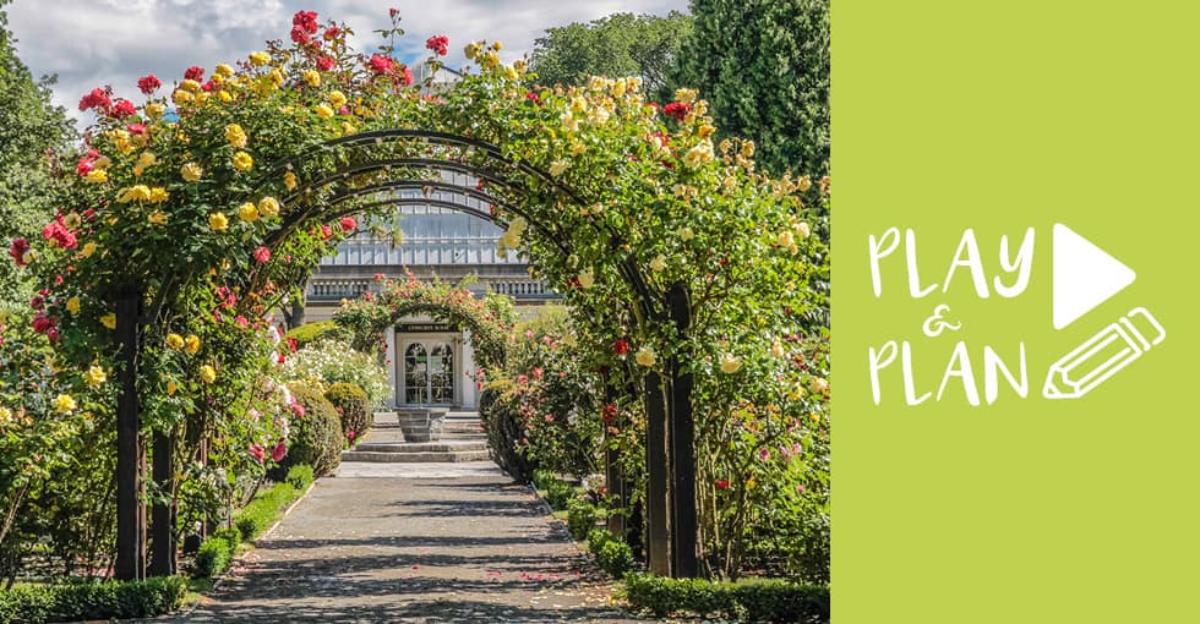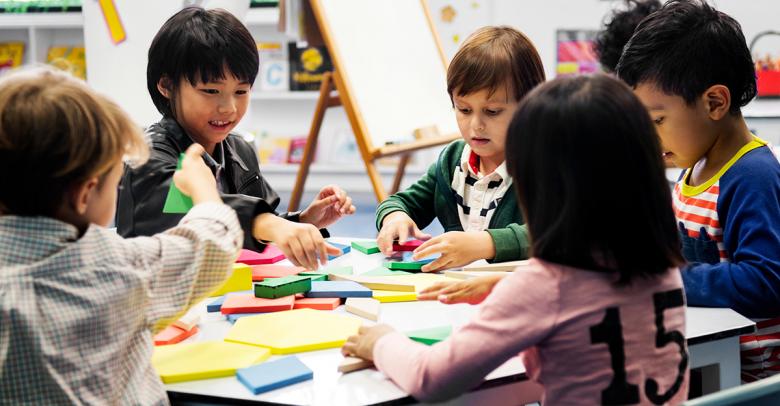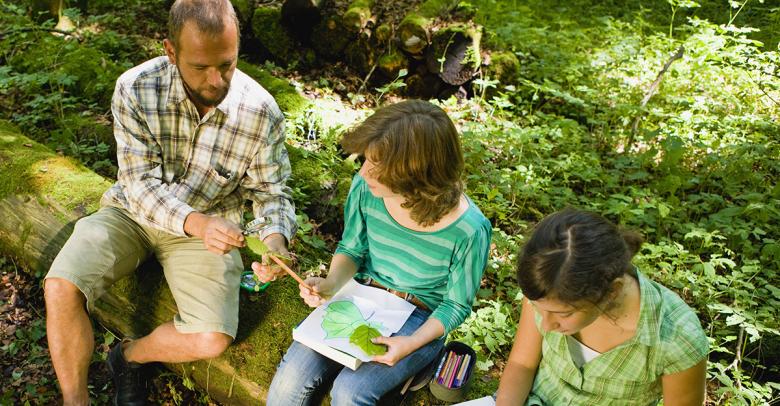At the beginning of the school year, you have probably asked your students to write reports about their summer activities, but this coming fall, you might consider sharing some accounts of your own adventures. A trip to your local botanical gardens is brimming with educational possibilities. You can share the value of mindful engagement during recreational pursuits to both please and enrich your students, which encourages them to understand how daily academic lessons can apply in nearly every activity.
The Local Botanic Gardens Offer Many Educational Opportunities You Might Not Notice Right Away
The local botanic gardens are brimming with amazing learning potential for your sharp and curious students. You might consider some of the following subjects when using your excursion as part of your fall lesson plans:
Budding botanists, agriculturalists, naturalists, environmentalists, cellular biologists and other green-loving professionals can attest to the science involved in botany. A few sample lessons include the following:
Elementary. Elementary school is the ideal time to introduce children to the science, along with the visual wonders, of nature. Students can learn about the differences, as well as the symbiotic processes, between plants and animals, particularly involving flower pollination.
Middle School. Help students learn about photosynthesis and how we rely on this essential process for the production of oxygen. Work with students to help them determine how much oxygen they need each day before trying to determine how much grass is necessary for them to get the amount of oxygen they need to survive daily.
High School. Help students understand the critical importance of protecting resources. You can go on to give vital lessons in improving the soil by learning more about cover crops and water needs and usage in plant life.
While it might seem odd to your students to connect social studies with botany, we increasingly try to find alternatives to mass-produced and expensive plant-based foods. Botanical gardens often feature a community garden area to reinforce the benefits of such a socially structured approach to producing good and wholesome vegetables and herbs. Consider a few invaluable social studies lessons you might pick up at the botanical gardens.
Elementary School. Botanical gardens frequently feature a community garden at which you will often find residents from the neighborhood, as well as young students tending to a small plot of land where they grow vegetables and herbs for their own use and to share with others to help support your community. To gain a better understanding, students can ask plot holders to learn about gardening, good will and cooperation for a common cause. Better yet, you might help them carve out a small plot of land on your school grounds to enjoy the experience on their own.
Middle School. Students can learn about the impact of issues, such as soil erosion and deforestation, and how they affect everyone in the community and around the world when exploring these subjects.
High School. As we all strive to understand and repair damages to our planet from pollution, deforestation and waste and misuse of natural resources, the botanical gardens serve as a reminder that students can make a difference. By helping them learn more about airborne toxic issues, as well as connections between air issues and human behavior, we can help students understand that everything we do affects others living on the plant. It also helps to empower students who will soon head off to college, who may be wondering how they might make a difference.
One stroll through a botanical garden serves as a reminder that nature produces its own amazing art. Look at the works of Monet and Van Gogh and many other painters, and it is easy to see the amazing impression that art makes on great artists. Capturing the beauty of botanical flora and fauna through snapping photographs or taking video recordings help to encourage appreciation and respect for nature. A botanical adventure may generate the same motivation in students if you use the following lesson ideas.
Elementary School. Helping students develop a visual appreciation for nature is the first step in helping them relate to it. Your photographs from your visit, simply walking through floral exhibits and noting the intricacy of flowers and plants, can spur not only an appreciation for nature, but your experiences and images may spark a young artist’s vision when you ask him or her to draw impressions of nature in class.
Middle School. As students note the shifting ecosystems and other effects of climate change through the images that you share from your trip to local botanical gardens, they can further explore these various changes on a more personal and social level through creating comic strips, mini-comic books and other media to reflect those changes. This exercises encourages students to begin to see their artistic talent and passion as a means of communication and as a tool to effect change, as well using it as a means to depict beauty and their personal vision.
High School. This one might seem like you are crossing over into mathematics, but it is worth the slight detour for your students who want to pursue art in the future. Learning about the Fibonacci numbers — revealing symmetry and order in what might seem so random from your photographs of flora and fauna — in botany offers many benefits to students who want to take their drawing, painting and sculpting to the next level to prepare for art and design school.
You can probably think up a few — or several — additional disciplines and lessons to cover after visiting your local botanical gardens to help stimulate engagement and excitement in your classroom this coming fall.









Leave a Reply